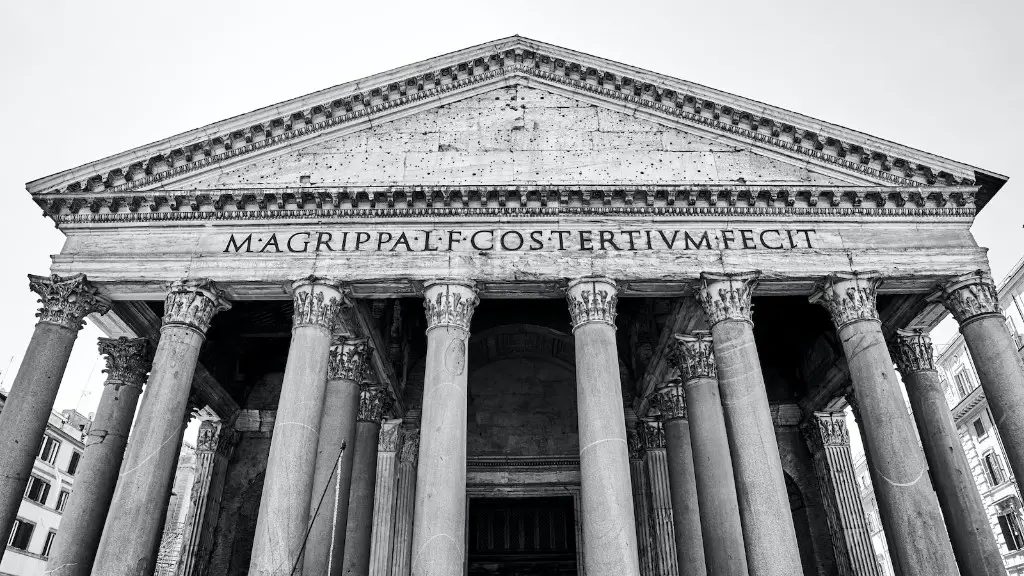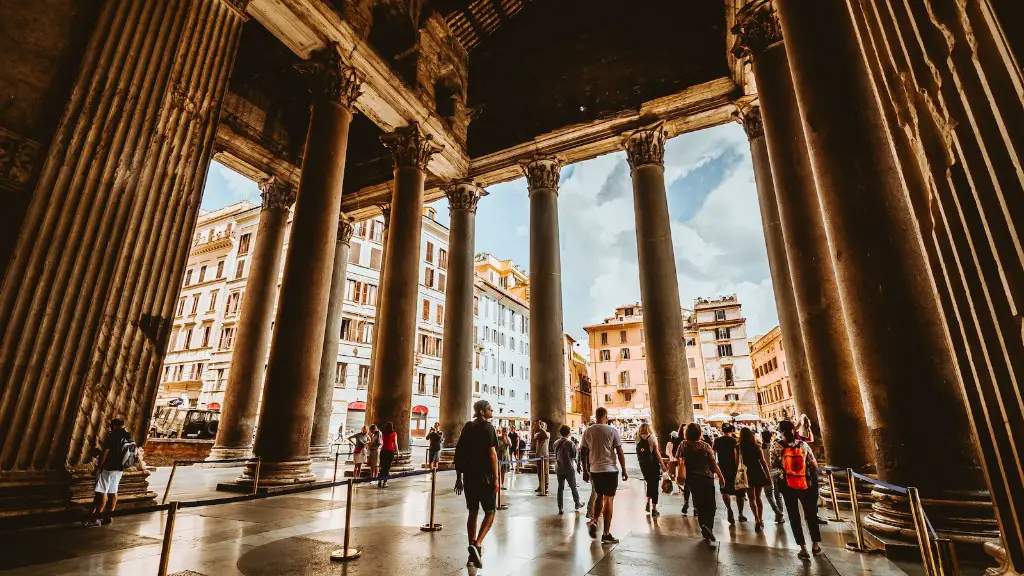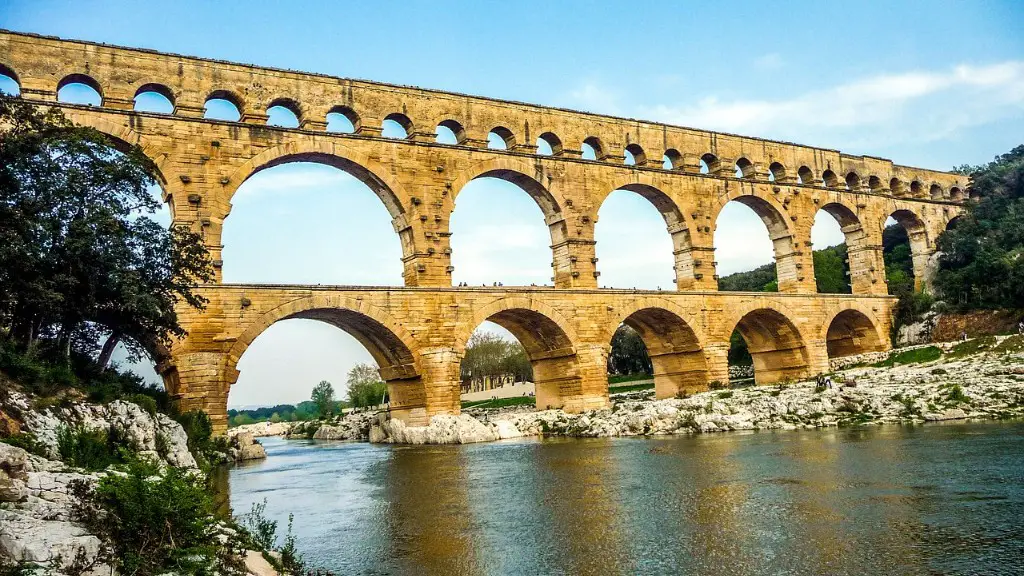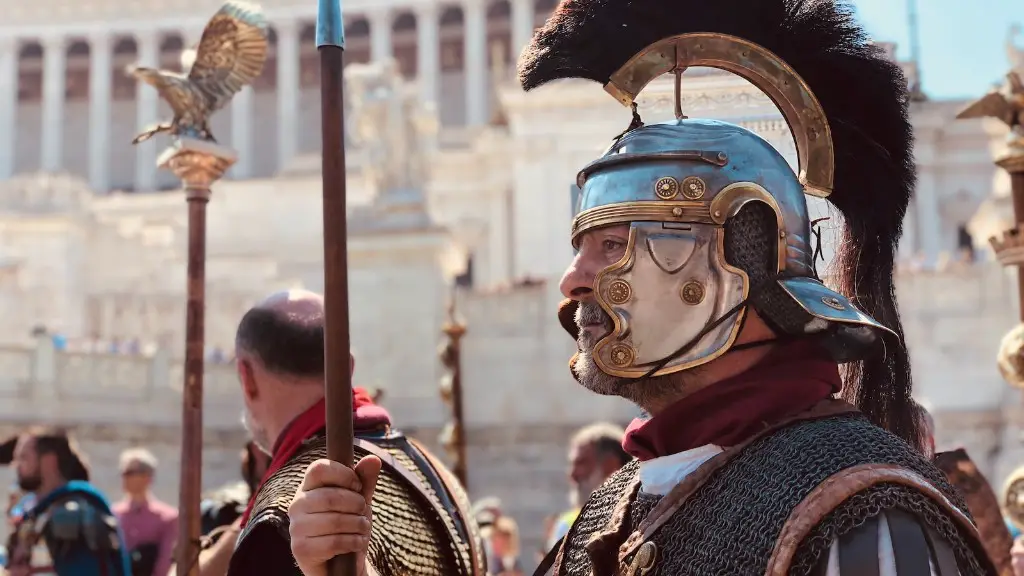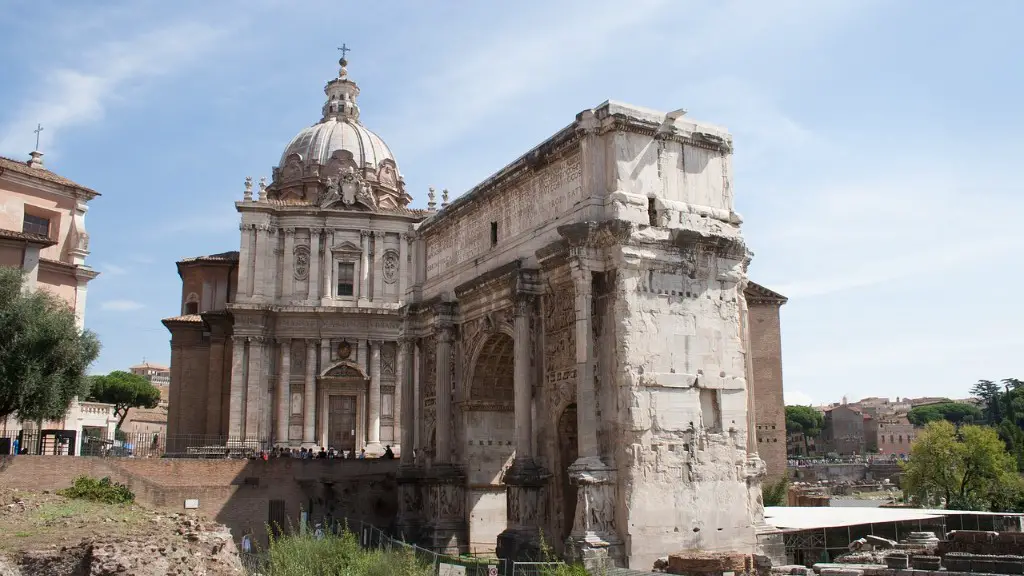The term “social class” in ancient Rome referred to a group of citizens with similar legal and personal status. The main classes were the patricians and the plebeians. The patricians were the wealthier class while the plebeians were the poorer class. There was also a third class called the slaves. The slaves were the lowest social class and were owned by the patricians.
The main social classes in ancient Rome were the patricians and the plebeians. The patricians were the wealthier class while the plebeians were the poorer class.
The class structure in ancient Rome was very formal and official. Records of each class were kept, and being wealthy was often not enough to move up through the classes. There were three basic divisions in Roman society: citizens, noncitizens and slaves.
At any time in Roman history, individual Romans knew with certainty that they belonged to a specific social class. This was either because they were born into that class, or because their wealth or the wealth of their families ensured them membership. In some cases, however, they may have had to move between classes depending on their circumstances.
The patrician and plebeian classes in Rome were created as a result of economic differentiation, with a small number of families accumulating most of the wealth in the city. The term “patrician” refers to members of the upper class, while “plebeian” refers to those in the lower class. Although the two classes were initially quite distinct, over time the distinctions between them became less pronounced.
The social hierarchy in Ancient Rome was determined by one’s job and family. The emperor was at the top, followed by wealthy landowners, the common people, and slaves (who were the lowest class). This hierarchy dictated how people lived and interacted with one another.
What were lower class Romans called?
Plebeians were the common people of Rome who were not members of the patrician class. They were the farmers, bakers, and craftsmen who worked hard to support their families and pay their taxes. The term plebeian refers to all free Roman citizens who were not members of the patrician, senatorial, or equestrian classes.
The patrician class in Roman society enjoyed great wealth, power, and privilege, but these perks came at a price. The patricians were expected to uphold the highest standards of conduct and to use their influence to benefit the state. Failure to do so could result in exile or even execution.
The patricians were the ruling class of the early Roman Empire. Only certain families were part of the patrician class and you had to be born a patrician. The patricians were only a small percentage of the Roman population, but they held all the power. All the other citizens of Rome were Plebeians.
It is interesting to note that the Romans did not develop their own “middle class” during the republic. This gap was successfully filled by slaves, freedmen and foreigners coming to Rome, mainly Greeks. This is an interesting fact because it shows that the Romans were not as successful as they could have been in terms of developing their own culture and economy.
What are patricians vs plebeians
The patricians and plebeians were the two main social classes in Rome. The patricians were the upper class, made up of wealthy land owners and other elites. The plebeians were the lower class, made up of normal citizens. The two classes were separated in many ways, including marriage. Plebeians could only marry people from their own social class.
Twelve was considered the marriageable age for Roman girls. This was because menarche usually occurred between thirteen and fourteen years of age. Some marriages, particularly in the upper classes who tended to marry earlier than Plebians, were prepubescent.
What were the commoners called in classical Rome?
A plebeian was a member of the general citizenry in ancient Rome as opposed to the privileged patrician class. The term comes from the Latin word plebs, which means “the common people.”
The two main social orders in ancient Rome were the patricians and the plebeians. The two were in a political struggle lasting for more than 200 years. In the beginning, the patricians were supposed to have enjoyed a monopoly of power, while the plebeians began with nothing except the right to vote in the assemblies.
How did middle class Romans live
The domus were a type of town house that was popular among the middle classes in Ancient Rome. They were built from stone, wattle and mud bricks, and were typically family homes with several rooms. The central courtyard or atrium of the domus was the focal point of the house, and served as a living room.
The Roman plebeians were the largest and poorest social class in Roman society. They were allowed to own slaves, but women had little power except for in the household, where they managed the daily chores and upkeep.
Most of the responsibility for taxation fell on the lower classes and especially the farmers. Tax on agriculture was the main source of government’s revenue during the reign of Diocletian. The burden of taxation was unfair on the poorer sections of the society. The government should have impose taxes according to the ability to pay of the people. The rich people should have been taxed more heavily to reduce the burden on the poor.
Slavery played a significant role in Roman society. Enslaved people were in the city, the countryside, households and businesses, and ownership wasn’t limited to elites. Slavery was a way of life for many people in Rome and it was an important part of the economy.
Final Words
The social classes in ancient Rome were the patricians, the plebeians, slaves, and freedmen.
The ancient Roman social class system was divided into three main classes: the patricians, the plebeians, and slaves. The patricians were the wealthier class who owned land and businesses. The plebeians were the poorer class who did not own land. Slaves were the lowest class and were owned by the patricians.
